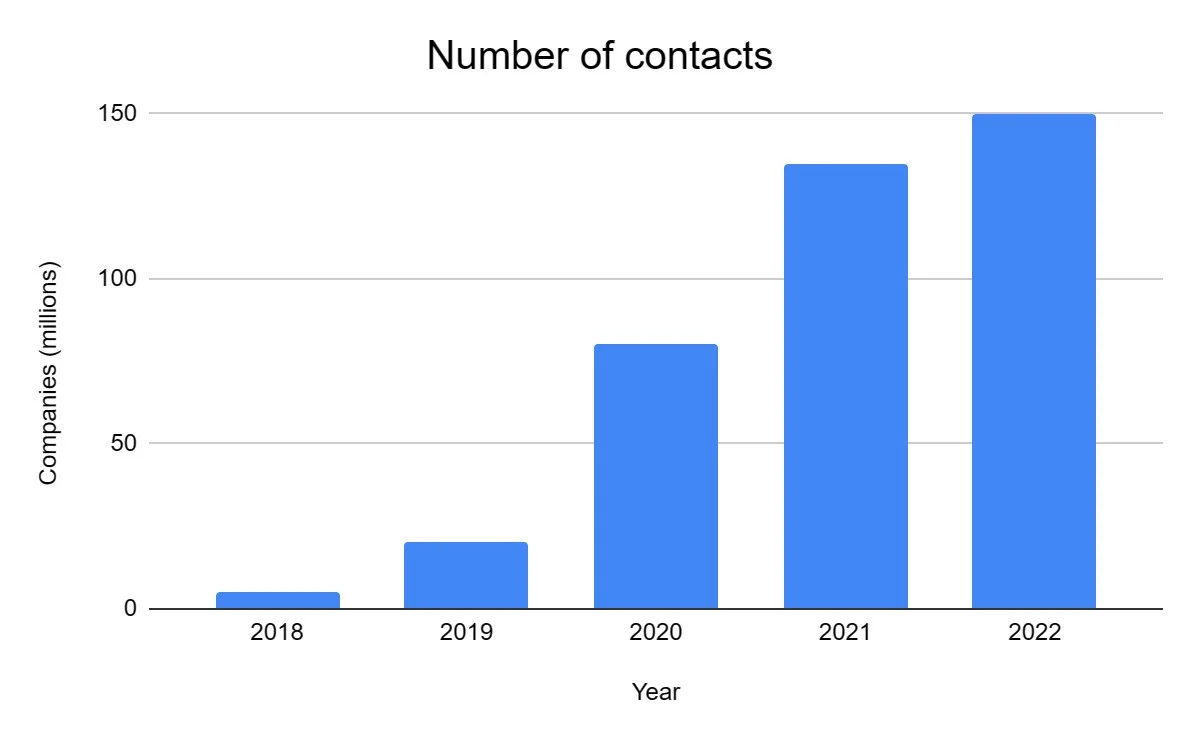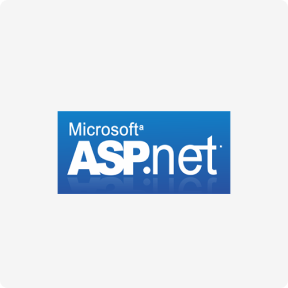For example, the Providence St. Joseph Health system in Seattle has implemented an AI-powered bot with NLP capabilities to alleviate its hotline traffic volume during the pandemic. This tool can ask patients questions to define their symptoms and the actual urgency of each clinical picture. Then, it can reassure or advise those who don’t need additional care and redirect riskier cases to the appropriate medical services, such as clinics and testing sites. This learning process was carried out by analyzing millions of typical real-world examples collected into large text corpora and searching for recurrent language patterns.

This data as it is today, and given the amount of time and effort it would need for humans to read and reformat it, is unusable. Thus, we cannot yet make effective decisions in healthcare through analytics because of the form our data is in. Therefore, there is a higher need to leverage this unstructured data as we shift from fee-for-service healthcare model to value-based care.
Build custom NLP healthcare tool
Better access to data-driven technology as procured by healthcare organisations can enhance healthcare and expand business endorsements. But, it is not simple for the company enterprise systems to utilise the many gigabytes of health and web data. But, not to worry, the drivers of NLP in healthcare are a feasible part of the remedy. NLP or Natural Language Processing in healthcare presents some unique and stimulating opportunities. It provides a glide through the vast proportion of new data and leverages it for boosting outcomes, optimising costs, and providing optimal quality of care. The recent attack is just the latest to show that cybercriminals won’t stop targeting healthcare organizations anytime soon.

Much of this success surely stems from the enormous advances in AI, deep learning, and neural networks, which have pushed the NLP discipline to new, unexplored horizons. Neural networks serve as the foundation of modern machine learning, specifically its latest evolution known as deep learning, and are widely leveraged in NLP solutions nowadays. How was it possible to achieve such promising results in terms of performance, market revenues, and impact on the modern society? It is projected that it will grow from USD 1030 million to USD 2650 million by 2021 at a CAGR of 20.8%. And it is time for healthcare providers to seriously consider NLP if they didn’t think about it in the past.
Using AI to connect systems and enhance healthcare interoperability
Being a specialized branch of AI, NLP serves as a promising tool for healthcare payers and providers. “There are laborious inclusion criteria to go through, where you have to identify a lot of characteristics about the patient to determine whether they meet the criteria to be enrolled in a clinical trial. AI is playing a role in improving data flow, recognizing and processing both structured and unstructured data, Schibell says. “We’re at the point now where if you’re not investing in AI or if you’re on the fence about investing, you’re going to be left in the dust,” she says. These influencers and health IT leaders are change-makers, paving the way toward health equity and transforming healthcare’s approach to data.
- Leveraging NLP helps in identifying and adjusting risk conditions to be provided by a value-based system.
- Additionally, data quality and availability is an issue due to privacy, security, and ethical concerns.
- NLP has many potential benefits for healthcare communication, however, it also faces a number of challenges and limitations.
- The aforementioned study also suggests that the main factors driving this growth will be the spread of predictive modeling in healthcare and the increasing adoption of electronic health records (EHR).
- As per a report, the global market size of natural language processing is forecast to reach USD 35.1 billion by the year 2026 from USD 11.6 billion in 2020, at a compound annual growth rate (CAGR) of 20.3 percent during the forecast period.
- Included are electronic health records and various other types of specialized information systems for practice management, clinical decision support, radiology information, and prescriptions.
Below mentioned are a few applications that help NLP in pursuing a keen role in healthcare. The data of a patient’s social status and demography is often hard to locate than their clinical information since it is usually in an unstructured format. NLP can also be used to improve care coordination with patients who have behavioral health conditions.
NLP Enables Predictive Analytics
NLP can also be used to analyze patient feedback and reviews, and identify their needs, preferences, or emotions. This can help healthcare providers to communicate more effectively, build trust, and increase adherence and retention. Another use of NLP in healthcare is to provide answers to clinical questions that arise during diagnosis or treatment. For example, a doctor may want to know the latest guidelines for a certain condition, the best drug options for a specific patient, or the most likely causes of a symptom. This can help doctors to save time, update their knowledge, and improve their performance. It allows them to effectively communicate vital health data and maintain accurate records, ensuring that patients receive the best possible care.
So, whenever physicians need information from textual forms, they must manually rummage through stacks of documents. It creates barriers in already bloated administrative tasks and in case of emergency, can lead to medical hitches and delays. Efforts to improve natural language processing healthcare data have proven challenging. NLP software for healthcare should center around data conclusions that have the least noise, and the strongest signal about what healthcare providers need to do.
Top Use Cases of Natural Language Processing in Healthcare
There is a loss of case knowledge that occurs with attrition and that loss directly impacts outcomes. When new caregivers are assigned, they simply don’t have time to read entire files, which can result in interruptions https://www.globalcloudteam.com/ in the continuum of care, particularly in complex cases. As one example, caseworkers at Allegheny County were continuing to find that so much rich information was buried within case notes and unstructured data.
That way, complications such as latency when analyzing radiology images in the ER can be avoided. If the AI technology “complicates clinicians’ workflow and it takes them longer to implement, or if they need to switch to another screen and add steps in their workflow, they’re not going to use it,” she says. Identification of high-risk patients, as well as improvement of the diagnosis process, can be done by deploying Predictive Analytics along with Natural Language Processing in Healthcare along with predictive analytics. The market is almost saturated with speech recognition technologies, but a few startups are disrupting the space with deep learning algorithms in mining applications, uncovering more extensive possibilities.
NLP Works on Specific Sublanguages
Practical applications of NLP in Healthcare are leading to improved medical care and patient experience (PX). Natural language processing (NLP) touches every aspect of a patient’s journey of receiving care, right from diagnosis to recovery. Natural language processing (NLP) is a form of machine learning which enables the processing and analysis of free text. When used with medical notes, it can aid in the prediction of patient outcomes, augment hospital triage systems, and generate diagnostic models that detect early-stage chronic disease. These applications may be particularly useful in critical care where there is more patient data to analyse and prediction of patient mortality is routine. In addition to its natural language understanding (NLU) ability, NLP can also accomplish natural language generation (NLG), providing an interface for patients to ask questions and access relevant information in the form of chatbots.

Also, you don’t have to apply the whole predictive analytics module to help practitioners prioritize patients. By extracting a few parameters from patients’ health history, you can give doctors the natural language processing examples crucial information to make a decision. The healthcare domain does not only have specific terms, but also doctors in their notes or speech often use jargon, abbreviations, and shortened phrases.
The Promise of Healthcare NLP to Improve Outcomes
That’s not just a question of compliance with personal data regulation but also a matter of ethics and respect for patients, who should always be the focal point of healthcare more than anything or anyone else. The pressure faced by healthcare professionals during the recent COVID-19 crisis has once again demonstrated the need to optimize workflows in hospitals and other medical facilities. In this regard, one of the most effective solutions is to delegate an increasing amount of tasks to bots, allowing healthcare professionals to focus on the human relationship with patients. NLP tools don’t just act as scribes copying handwritten documents into virtual databases. Instead, they can also recognize different types of concepts in a text and label them based on their semantic nature. This specific technique is known as named entity recognition (NER) and is commonly adopted in the healthcare field to scan clinical documents or research papers and categorize entities such as treatments, drugs, diagnoses, and so on.